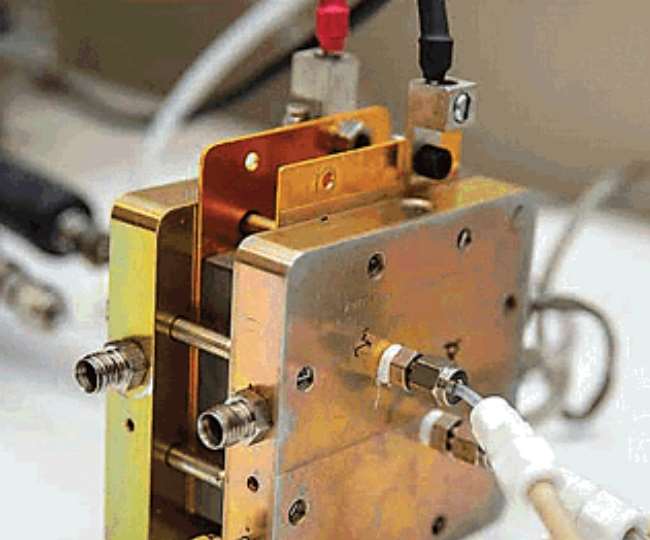
New Delhi Scientists’ efforts to find affordable and sustainable alternatives to expensive platinum catalysts (catalysts) used in fuel cells have found a new breakthrough. Indian Institute of Technology (IIT) Madras and scientists from the UK and China have developed zirconium nitride nanoparticles which can be an economical alternative to platinum catalysts used in fuel cells.
The cost of a platinum catalyst used in a fuel cell is about 20 percent of the total value of the cell. Platinum is a rare metal that costs up to three thousand rupees per gram. On the other hand, zirconium is present on earth in plenty and it is also up to 700 times cheaper than platinum. Researchers say that cheaper and better fuel cells could be seen in the market in the near future if these nanoparticles are actually used.
In addition to IIT Madras researcher Teeju Thomas, the study includes Yao Yuan, Hangjia Sen and Sameera Adimi of the Ningbo Institute of Materials Technology and Engineering in China, Jiacheng Wang of the Shanghai Institute of Ceramics and Rugang Ma, UK University of Edinburgh KJ Paul Atfield and Minghui Yang, a scientist at the University of China Academy of Sciences, was involved. This study has recently been published in the research journal Nature Materials.
Oxygen reduction reaction (ORR) is a major chemical reaction occurring in fuel cells and metal-air batteries, using platinum as a catalyst. Platinum-based materials are also used in micro-electronic sensors, cancer drugs, automotive catalytic converters, and electrochemical energy conversion devices, but large-scale use of platinum is a major obstacle due to being highly expensive, rare and sensitive to toxicity.
What is a fuel cell
A cell is a device that can convert chemical energy stored in molecular bonds into electrical energy. Platinum is used as a catalyst to split hydrogen molecules into positively charged hydrogen ions and electrons in commonly used hydrogen fuel cells. Whereas electrons flow to produce direct electricity and positive hydrogen ions combine with oxygen to lead to the production of one of the cleanest forms of energy. In this process, oxygen is supplied through another electrode. Researchers say that zirconium nitride not only efficiently fulfills platinum-based functions but in many ways has been found to be superior to platinum catalysts.
New changes will come
In a rapidly changing digital world, fuel cells and metal-air batteries can lead to new energy changes in the future. Their role may also be particularly important in the automotive industry and off-grid energy production. The high cost of platinum has been the biggest hurdle in the use of these batteries. Economical and sustainable catalysts of superior capacity can be helpful in removing this barrier.











